In his series “Soldiers’ Angels,” photographer Philip Cheung focuses on the American soldiers who prepare the bodies of their dead comrades in arms for return to the United States. As Cheung explains, the Army Mortuary Affairs specialists he photographed in Afghanistan are responsible for “the retrieval, identification, preparation, preservation and transportation of the dead…They are the ones tasked with the entire post-death process; from cleaning corpses and remains to documenting personal belongings—down to the serial number of a crumpled dollar bill—and meticulously wrapping transfer cases with the American flag before sending them back home to their loved ones.”
Cheung, who was recently selected as one of Photo District News’s 30 new and emerging photographers to watch, spoke with Mother Jones photo editor Mark Murrmann about his project.
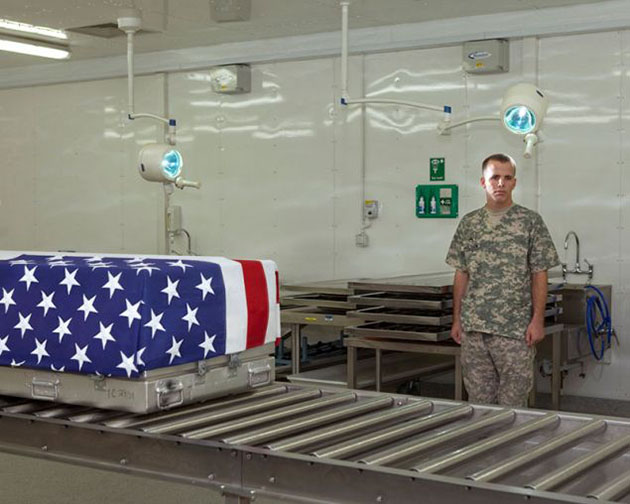
“I want to let the families know that the soldiers were taken care of from the time of the incident to the return to the final resting place.” —SSG Jeffrey Holden, 34, Mortuary Affairs Specialist. Photographed at the Mortuary Affairs Collection Point, Kandahar Airfield, Afghanistan.
Mother Jones: How did you get access to this operation? It seems like something that the Army would generally not want to be photographed.
Philip Cheung: That was my initial thought as well, but the US Army Public Affairs officers in Kandahar Airfield were very helpful in getting me access to this specialized unit. Although it did take a month for my request to get approved through the various chains of command, I was finally granted access to take photos at the collection point—with certain limitations, of course.
MJ: How do people end up in this unit? Is it something they request, or just get assigned to?
PC: Mortuary Affairs is a specialized job trade in the Army and is made up entirely of volunteers. It’s not an occupation that can be assigned to someone; you really need to be mentally prepared to go into that job.
MJ: Are there any women in the unit?
PC: There are, but not with the particular unit I photographed at Kandahar Airfield.
MJ: How long did you work on this project?
PC: In total, it was two sessions of roughly 45 minutes each. I didn’t have much time. There were a lot of casualties coming in during the time I was there, and when the remains of a fallen soldier was brought into the collection point, I had to leave the location.
MJ: Was there anything you would have liked to have shot for this project but couldn’t?
PC: Not that I was able to, but a lot of people ask me why I didn’t photograph the process of taking care of the deceased. That wasn’t my aim. My aim was to show who the soldiers are that take care of the fallen, not how.
MJ: Did you shoot other work in Afghanistan?
PC: While on this particular embed I was shooting a portrait project on support soldiers in Kandahar Airfield. I also spent time covering operations with US Marines in Helmand Province.
MJ: What projects are you working on next?
PC: I’d like to explore military culture and the issues soldiers face when returning home from war.
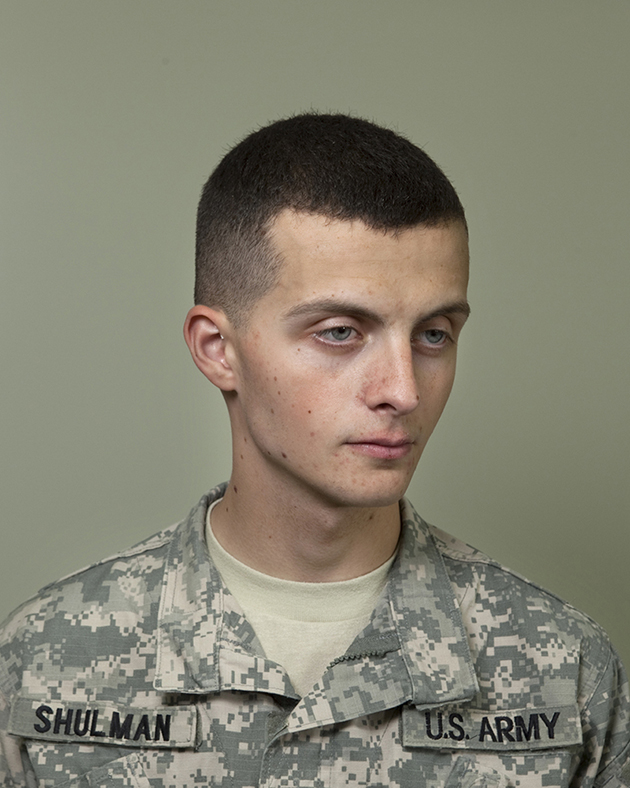
“I was a volunteer emergency medical technician as a civilian. Mortuary Affairs sounded like an interesting job and I get to know that the soldiers are getting back to their families.” PV2 Ruslan Shulman, 20, Mortuary Affairs Specialist. Photographed at the Mortuary Affairs Collection Point, Kandahar Airfield, Afghanistan.
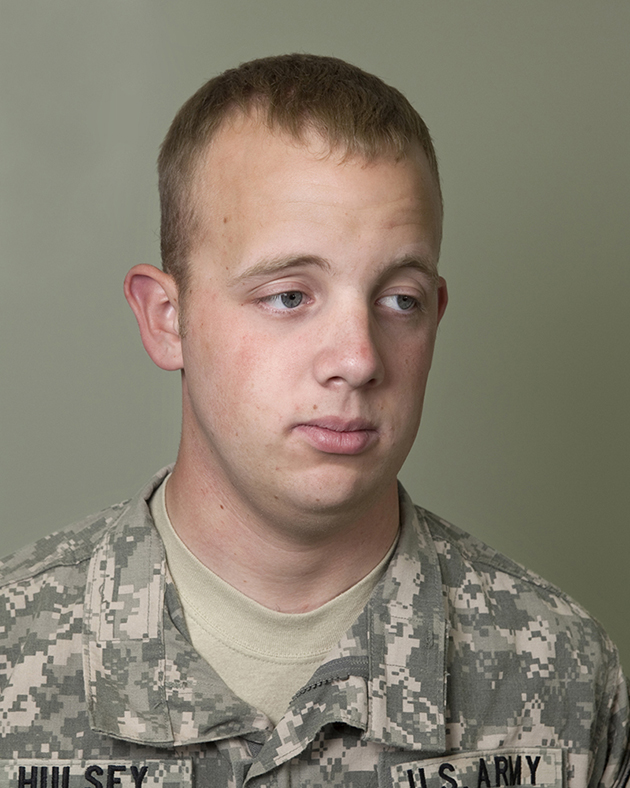
“I do it for the honour and dignity of the job…to give closure to their unit and families back home, and to get them through their sorrow.” —SPC Nicholas Hulsey, 20, Mortuary Affairs Specialist. Photographed at the Mortuary Affairs Collection Point, Kandahar Airfield, Afghanistan.
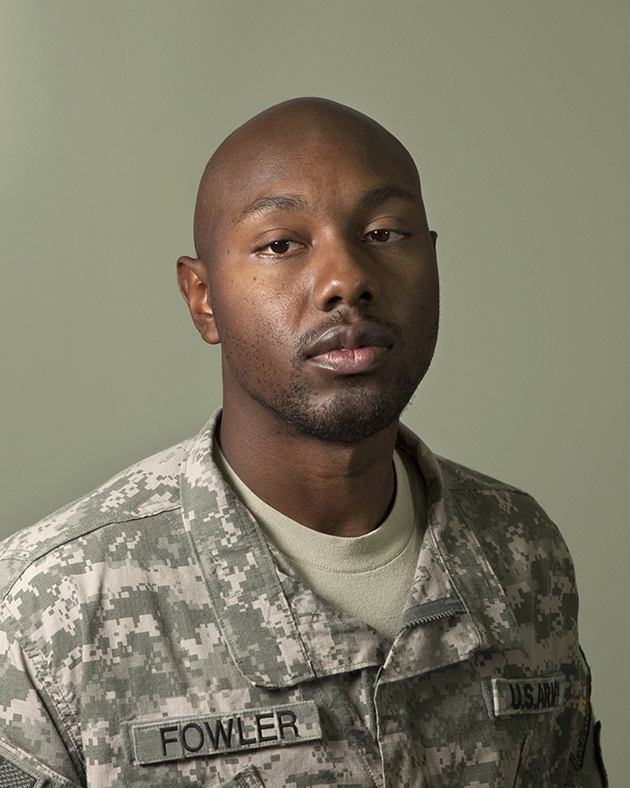
“The most challenging part is trying to do your job without letting your emotions take the best of you. ‘Cause it’s hard sometimes seeing people your age and they may have a family just like you do, and always knowing that it could have been you there…but I think it’s just handling the emotions.” —Cpl. Maurice Fowler, 28, Mortuary Affairs Specialist. Photographed at the Mortuary Affairs Collection Point, Kandahar Airfield, Afghanistan.

The American flag is always clean and ironed when it is placed on the transfer case. Photographed at the Mortuary Affairs Collection Point, Kandahar Airfield, Afghanistan.
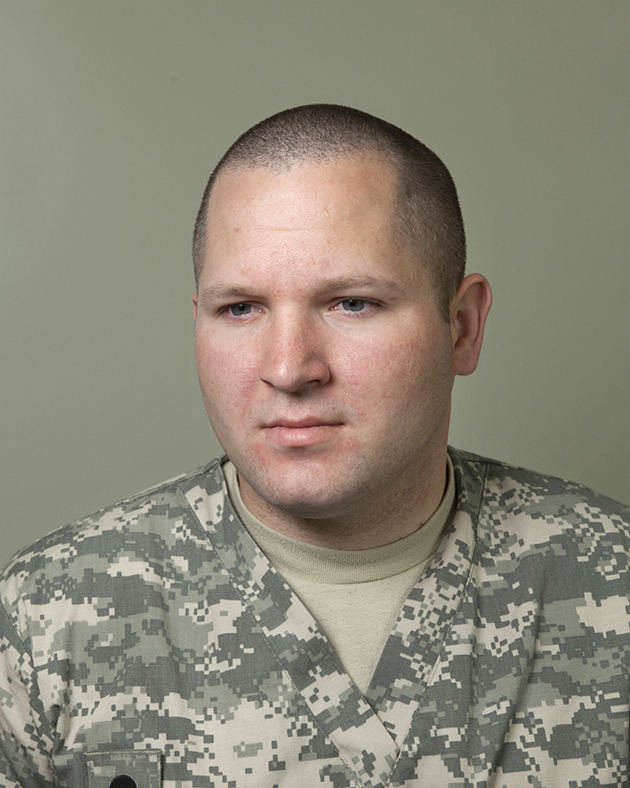
“The most challenging part of the job is to separate yourself from the fact that another soldier was lost. To be able to complete the mission and get them home to their loved ones.” —SPC Michael Young, 25, Mortuary Affairs Specialist. Photographed at the Mortuary Affairs Collection Point, Kandahar Airfield, Afghanistan.

“I dealt with death at a close age, my friend died in front of me, he drowned and I had survivors guilt from that…I didn’t go back and get my friend, so ‘’m not turning my back on the soldiers that have fallen, I’m making sure that they get home.” —SPC Richard Hartley, 27, Mortuary Affairs Specialist. Photographed at the Mortuary Affairs Collection Point, Kandahar Airfield, Afghanistan.
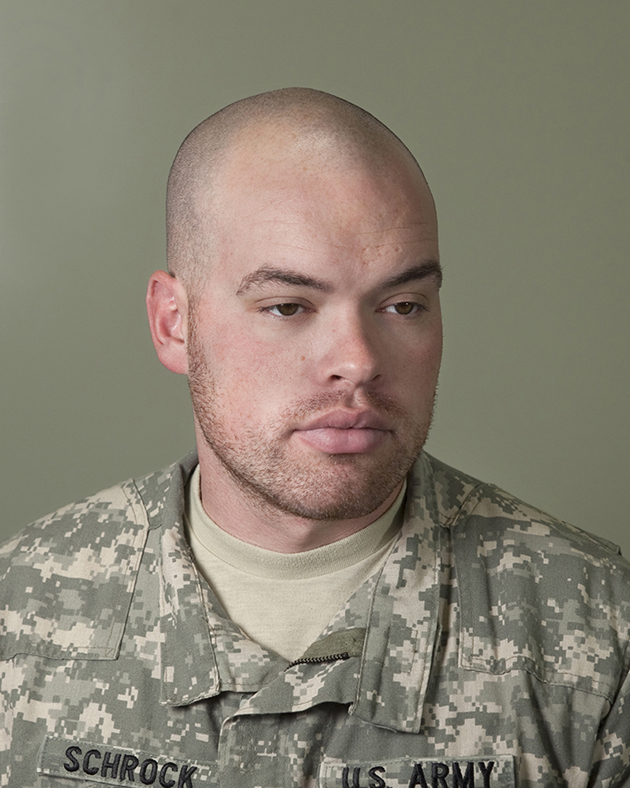
“The most rewarding part of the job is knowing that the families are able to have their soldiers returned home to them.” —SPC Theodore Schrock, 25, Mortuary Affairs Specialist. Photographed at the Mortuary Affairs Collection Point, Kandahar Airfield, Afghanistan.
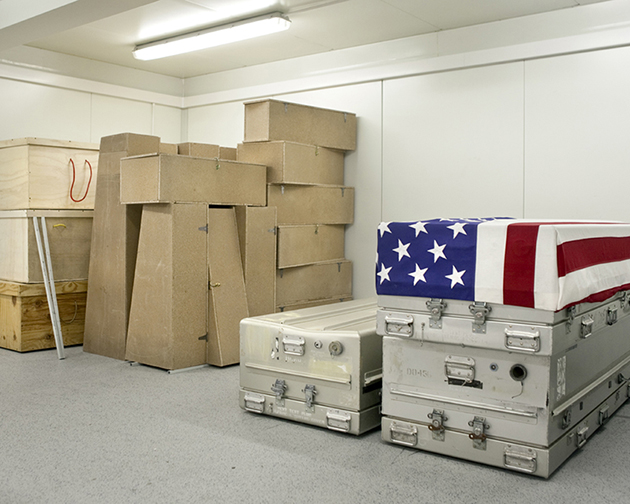
Stacked in a small room at the Mortuary Affairs Collection Point at Kandahar Airfield are the transfer cases for civilian adults (left), children (center) and soldiers (right). During a 24-hour span, a Mortuary Affairs team can process up to 12 sets of remains.
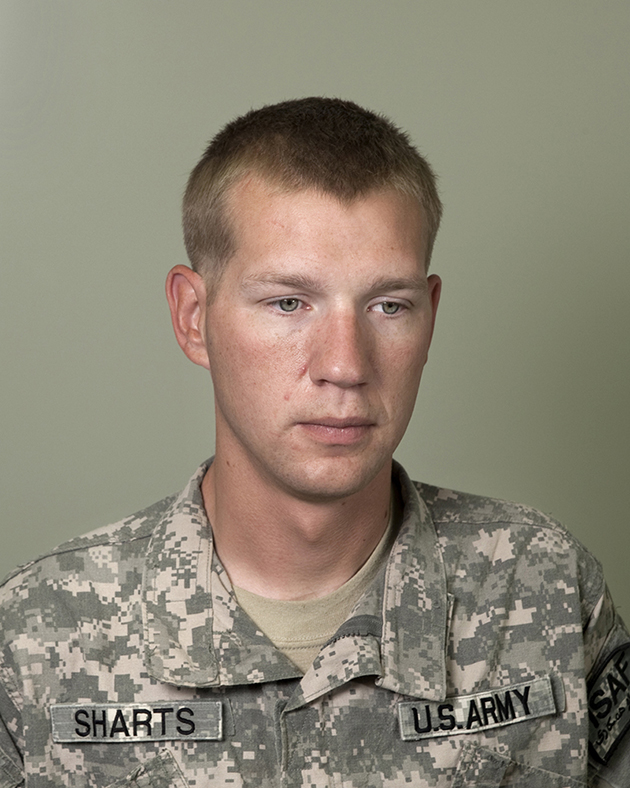
“I like dealing with people. I like the people that come here…I’m helping people during the worst days of their lives.” —Sgt. Joseph Sharts, 28, Mortuary Affairs Specialist. Photographed at the Mortuary Affairs Collection Point, Kandahar Airfield, Afghanistan.

“The most challenging part is the emotional side of it, knowing that these soldiers have paid the ultimate sacrifice and they have families back home, loved ones, parents, grandparents and children that they will never see again.” —Maj. Adam Vonbartheld, 45, Mortuary Affairs Officer. Photographed at the Mortuary Affairs Collection Point, Kandahar Airfield, Afghanistan.























